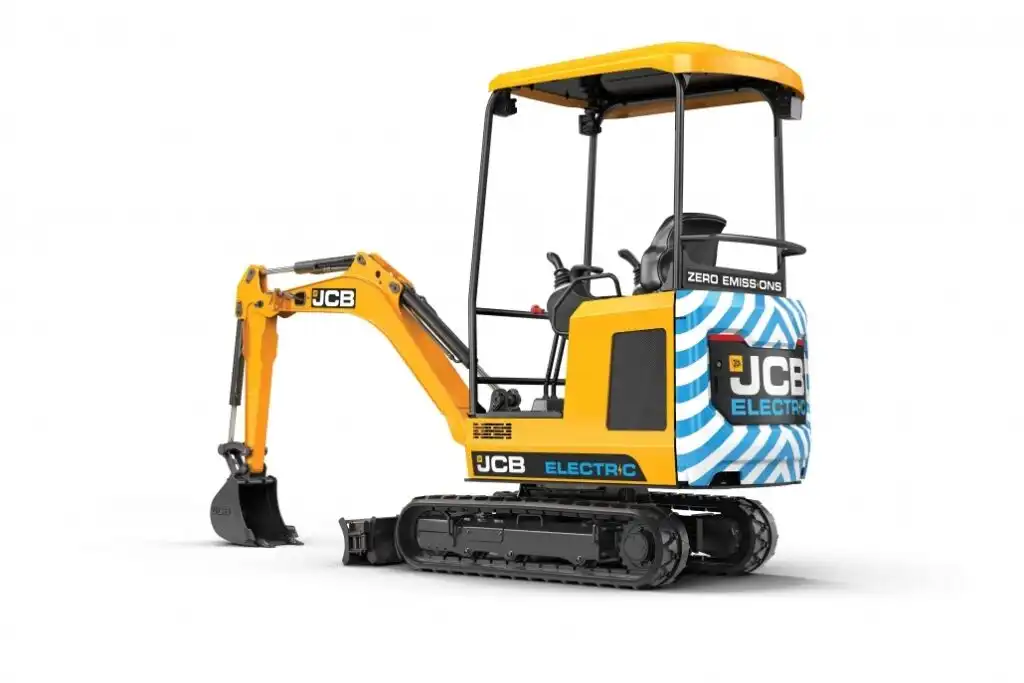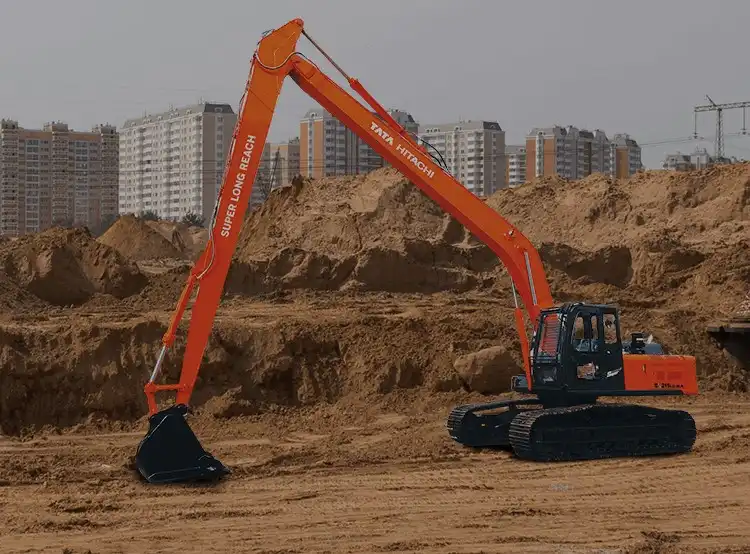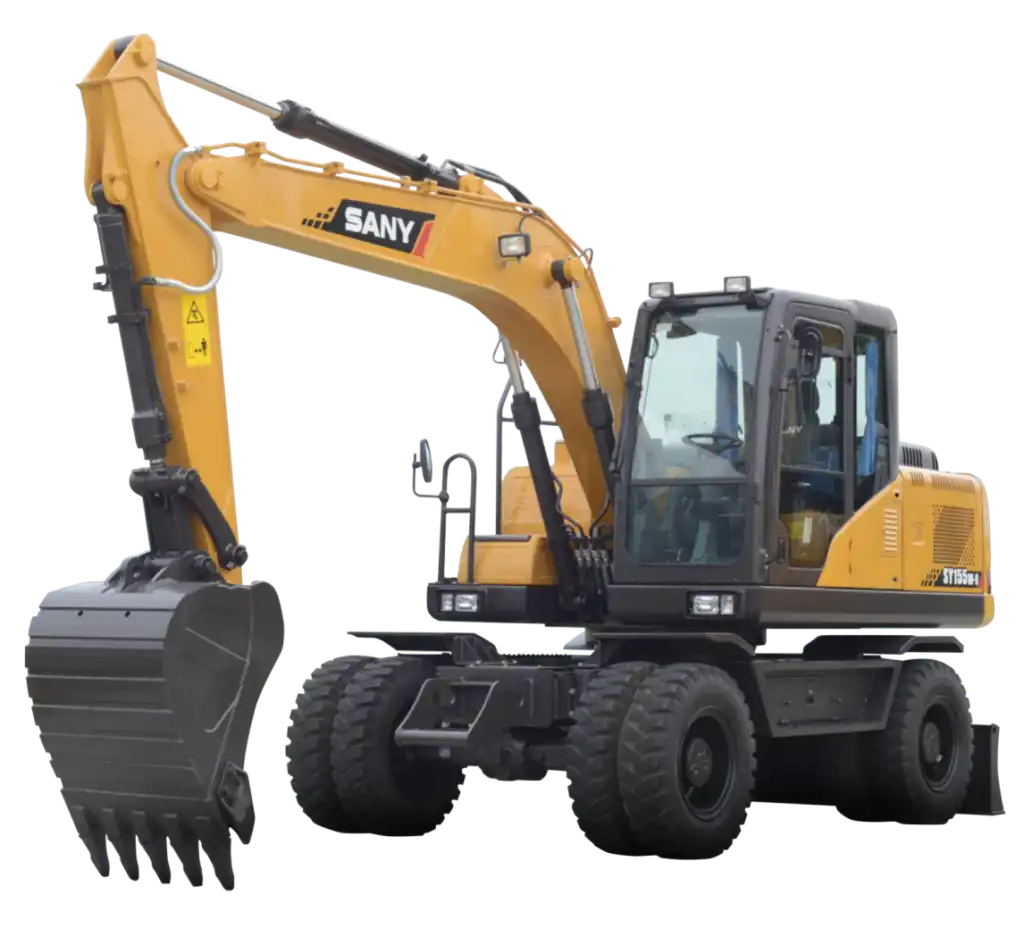Excavators are earthmoving equipment used for construction jobs, digging purposes as well as various lifting and carrying tasks in various applications. The size will vary with the required amount of task to be performed considering factors like productivity, fuel efficiency, and multi-functional purposes. Excavator model capabilities have expanded far beyond excavation tasks with buckets. With the advent of hydraulic-powered attachments such as a breaker, a grapple or an auger, the excavator is frequently used in many applications other than excavation. Every manufacturer is upgrading excavator models and trying to come up with a more intelligent automation system than the previous model of the same.
It is no longer enough to create one machine and expect to suit the needs of all. Buyers have become more educated and demanding in terms of wanting machines suited to the kind of work and environment that they work in. Indian Excavator manufacturers are showing preparedness to meet escalating demand by ramping up their production capacities and upgrading machines. Advanced features enable superior performance in inching operations thereby eliminating losses. The manufacturers are now manufacturing machines as per the need of a particular terrain. Discussed below are different types of excavator used across projects.
Types of Excavator models
Hydraulic excavator with powerful digging feature
Modern hydraulic excavators come with a powerful digging mode. The latest setting delivers the power and response you need for general operation, from excavation to loading and lifting. The large excavator’s digging performance can be further enhanced with different power modes. One of the key benefits of a hydraulic excavator is the ability to achieve motion via hydraulic actuators such as cylinders and swing motors. And when hydraulics are combined with modern technology such as grade control, laser positioning, and GPS, the potential seems almost endless. The vast majority of equipment found on construction sites across the world is propelled by hydraulic power. That includes hydraulic final drive motors that convert hydraulic power to torque to enable track loaders, bulldozers, diggers, and backhoes to carry or push heavy loads. These motors, which are sometimes referred to as track motors, enable tracked excavators, bulldozers, and other tracked machines to keep moving across some of the most difficult surfaces imaginable.
Manufacturers are also incorporating more sophisticated hydraulic functions that allow the operator to adjust hydraulic flow to the application. Hydraulic upgrades on the latest models include selectable modes to optimize available hydraulic speed and power, plus a manual throttle dial to adjust engine speed and power as needed. Hydraulic efficiency has been a big concentration point for manufacturers.

Fully electric compact mini excavator
The latest fully-electric compact excavator is a zero-emission machine and has four lithium-ion batteries that power the machine for a full day on a single charge. With a significant focus on safety and productivity. Its auto-idle and auto kick-up redistribute power to preserve battery life. The machine has been introduced after rigorous testing and validation. The machine model will also permit rail contractors to operate in tunnels and underground without having to install costly exhaust extraction equipment. Work will be able to continue after normal hours in urban streets, without disturbing residents, as well as operating in other noise sensitive environments
Bucket rotation is a huge 201° and the canopy offers 270° visibility so the model is perfect for working in confined areas. The new hydraulic system also allows for smooth and accurate operation, increasing productivity. Using a 48V electrical system, a highly efficient electric motor delivers instant torque, to power the machine’s proven Bosch Rexroth load-sensing hydraulic system.

Long-reach excavator with elongated boom
Latest long-reach excavator comes with a long-reach attachment of 12.5 t0 14.5 metres built to perform with great stability and ease. The excavator is widely used in applications like well-digging for agriculture, Canal work, and river cleaning. The models are equipped with self-optimising control technology to optimise the hydraulic spool and increase the main pump displacement to achieve fuel economy. Electro hydraulic control systems provide a wide range of flow at various workloads for paramount productivity. Open centre design of Main Control Valve (MCV) ensures fast response and maximum efficiency in tough conditions.
The new model features an elongated boom and arm and additional counterweight for increased digging capabilities in deep or long-distance digging applications. New models offer exceptional reach and can also be easily reconfigured using extensions and different boom sets to become a multi-use demolition tool. This model also has a second hydraulic modular joint on the extension boom, allowing the angle of both the extension and the digging boom to be set quickly and safely between bent and straight configurations. The long reach excavators have evolved, with features such as tilting cabs, boom-mounted CCTV equipment and extra protection making the machines more comfortable and precise to use, as well as being safer. Heavily reinforced cabs help boost operator safety by giving effective falling object protection.

Wheeled excavator with fuel-saving technology
Modern manufacturers have fitted their machines with fuel-saving technology and offer many different fuel-saving services. Reducing fuel consumption by improving efficiency not only saves money for companies but also helps reduce their impact on the environment. Every litre of diesel fuel saved means there is 2.6kg less carbon dioxide released into the atmosphere. Modern wheeled excavators are now using the auto engine shutdown feature. It operates much in the same way as the auto-idle feature. Instead of switching to idle mode, the machine’s engine will shut down after five minutes of inactivity. After four minutes of inactivity, the machine will give a 60-second warning that the engine will shut down. After the sixty-second period is up, the machine’s engine will switch off. This feature helps to cut down on emissions when the machine is idle. A machine can be left idle 40-60% of operating time which contributes significantly to fuel consumption. Excavator manufacturers are continually trying to improve their machines to reduce operating costs and improve fuel efficiency. A key focus has been getting maximum production out of the machine.

Tracked excavator for site clearance
Tracked Excavator is ideal equipment that facilitates site clearance for road construction. Any obstacles in making road chainages are removed by using Excavators. They can be used to rebuild damaged roads, a small hill, or to remove current soil for replacement with a new one. Modern tracked excavators range from 11 to 37 tonnes, with productivity built into every machine. All excavators benefit from class-leading ease of maintenance, tough components and exceptional operator comfort which increases your working efficiency and reduces costs. Tracked excavators can be adjusted to suit every working environment using the four different working modes available.
There is a lot of engineering behind the powerful, irrepressible force of this construction machine, which is capable of both rough demolition work and delicate precision work. Powerful drives and intelligent combinations between advanced hydraulic components with sophisticated system software give this heavyweight among construction machinery maximum performance and high precision with minimum energy consumption and long service life.

Conclusion
Discussed above are different types of excavators used across projects. The excavator equipment is witnessing growth in land clearing activities, road construction, water management, and digging & loading tasks. With growing automation and technical advancements, manufacturers are implementing digital assistance tools for efficient control and optimal performance. Rising government spending in smart cities, infrastructure and construction projects are some of the key growth drivers of the India Excavator market.
Image Source: komatsuindia.in, jcb.com, tatahitachi.co.in, sany.in, volvoce.com

